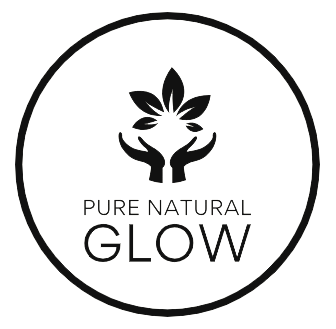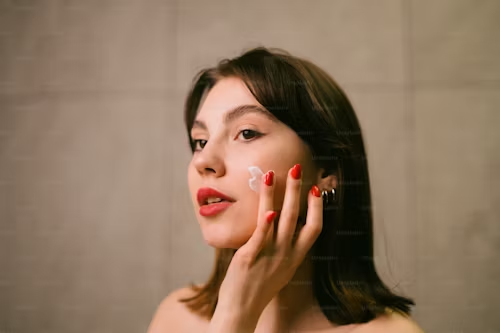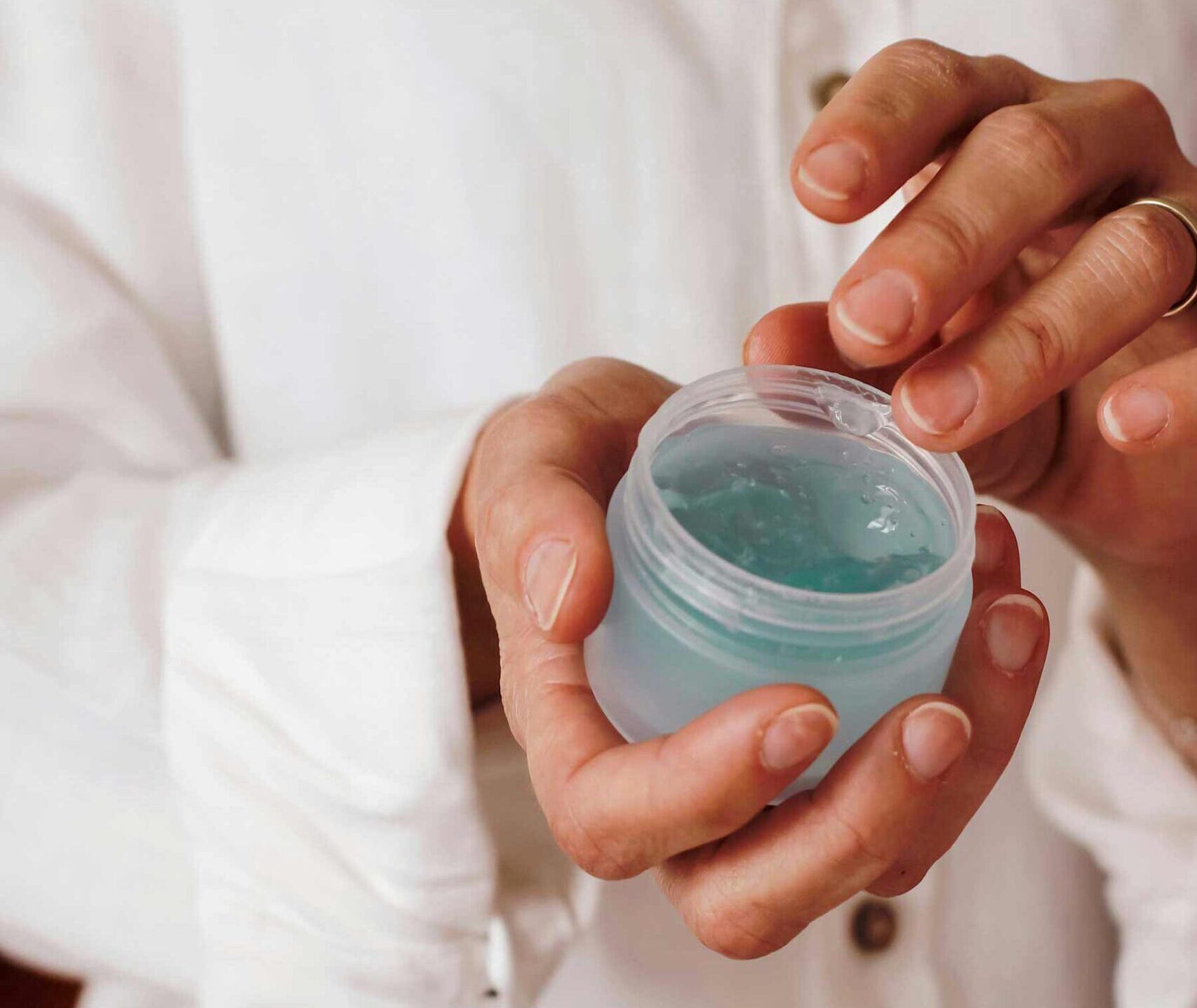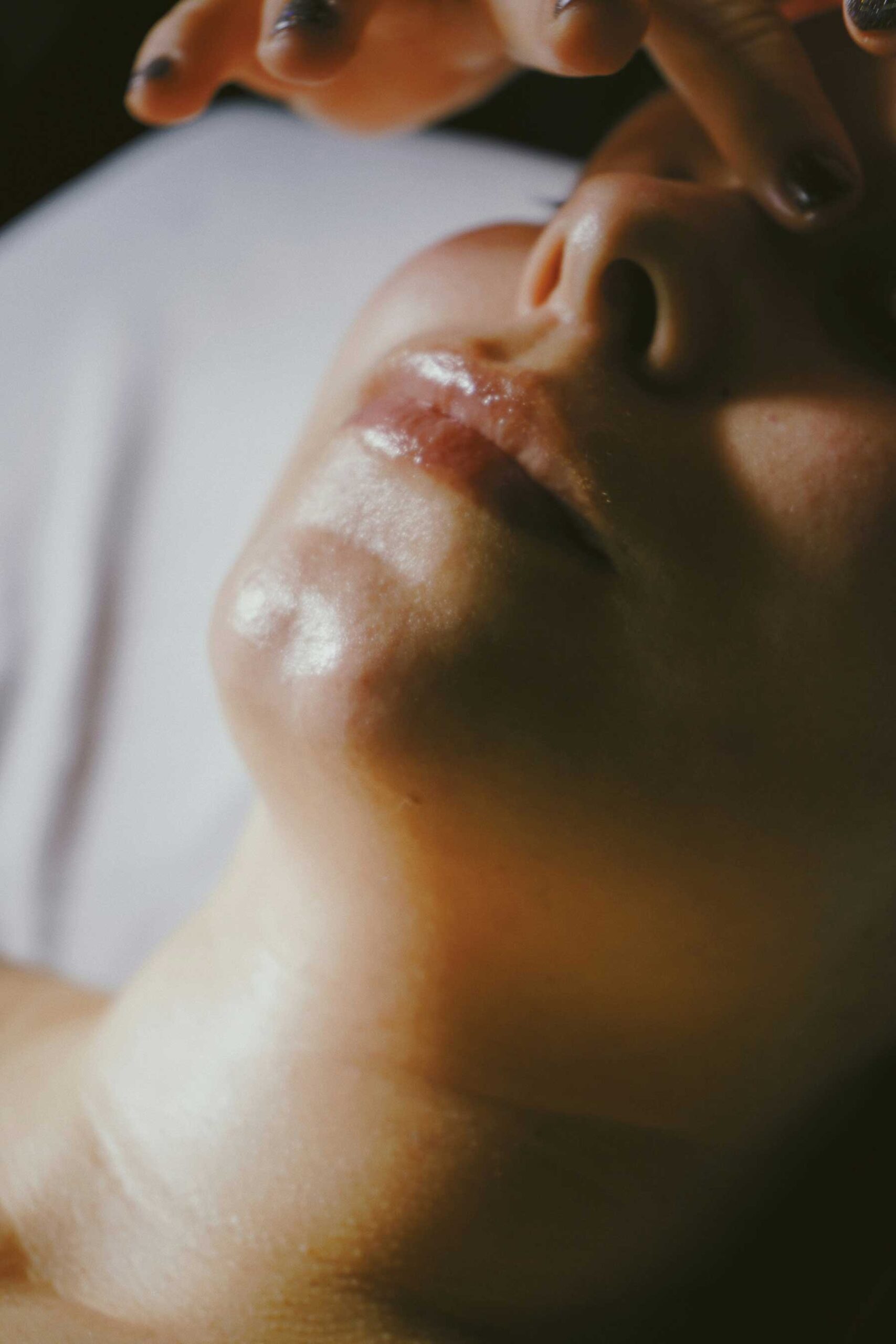Are you frustrated by constant acne breakouts and pimple problems? If so, you’re not alone. Acne is one of the most common skin concerns, affecting millions of people worldwide. From hormonal changes to genetics and lifestyle factors, there are many potential acne causes that can lead to troubled skin.
While there’s no one-size-fits-all solution, this ultimate guide will provide you with a comprehensive approach to understanding, treating, and preventing acne. Whether you’re dealing with blackheads, whiteheads, cystic acne, or any other type of acne, you’ll find valuable information to help you on your journey to a clear, blemish-free complexion.
One of the biggest misconceptions about acne is that it’s solely a teenage issue. But the truth is, acne can affect people of all ages, including adults. In fact, many adults struggle with hormonal acne, which can be particularly stubborn and challenging to treat.
That’s why it’s essential to understand the main causes of acne and develop a tailored skincare routine and treatment plan. From over-the-counter remedies like benzoyl peroxide and salicylic acid to diet and lifestyle changes, there are many options available.
But before we dive into the specifics, let’s address a common question: “Is dairy bad for acne?” While there’s no definitive answer, some studies suggest that dairy products may contribute to acne in certain individuals.
Throughout this guide, we’ll explore various acne treatment options, skincare routines, lifestyle factors, and more, so you can find the best approach for your unique skin concerns. Whether you’re seeking the best acne treatment for oily skin, natural remedies for cystic acne, or tips on acne scar removal treatments at home, you’ll find valuable insights.
So, let’s embark on this journey together and conquer acne once and for all!
What is Acne and What Causes It?
Before we dive into acne treatments and skincare routines, it’s crucial to understand what acne is and its main causes. By gaining this knowledge, you’ll be better equipped to address your troubled skin and find effective solutions.
Acne, also known as acne vulgaris, is a chronic skin condition characterized by the development of pimples, blackheads, whiteheads, and other blemishes. It primarily affects the face, neck, chest, back, and shoulders – areas with a high concentration of oil glands.
There are several types of acne lesions:
- Blackheads (open comedones)
- Whiteheads (closed comedones)
- Papules (small red bumps)
- Pustules (pus-filled pimples)
- Cystic acne (deep, painful lesions)
While often associated with teenagers, acne can affect people of all ages, including adults. In fact, many adults struggle with hormonal acne, a type of acne caused by fluctuations in hormone levels.
So, what causes acne? There are several key factors:
- Hormonal Changes: Hormones like testosterone can stimulate oil production, leading to clogged pores and acne breakouts.
- Excess Oil Production: Overactive sebaceous glands produce too much sebum (oil), which can clog pores and create an ideal environment for acne-causing bacteria.
- Bacteria: Propionibacterium acnes, a type of bacteria that lives on the skin, can cause inflammation and infection when trapped in clogged pores.
- Clogged Pores: Dead skin cells and excess oil can accumulate in hair follicles, creating a plug that leads to acne lesions.
- Genetics: Some people are simply more predisposed to acne due to their genetic makeup.
While factors like diet, stress, and certain medications can also contribute to acne, it’s important to note that acne is not caused by poor hygiene or dirty skin.
By understanding these key causes, you can better tailor your acne treatment plan and address the underlying issues contributing to your skin concerns.
Developing an Effective Acne Skincare Routine
While acne can be frustrating and persistent, establishing an effective skincare routine is a crucial step in managing and preventing breakouts. By following a tailored regimen that addresses your specific skin concerns, you can support the healing process and minimize future acne flare-ups.
Here are the key components of an acne-friendly skincare routine:
- Cleansing: Proper cleansing is essential for removing excess oil, dirt, and impurities that can clog pores and contribute to acne. However, it’s important to avoid harsh, drying cleansers that can strip your skin of its natural oils and disrupt its pH balance.
Instead, opt for gentle, non-comedogenic (non-pore-clogging) cleansers specifically formulated for acne-prone skin. Look for products containing salicylic acid or benzoyl peroxide, which can help unclog pores and kill acne-causing bacteria. One popular option is the Neutrogena Oil-Free Acne Wash, which combines salicylic acid with gentle cleansing agents.
For those with particularly oily skin, double-cleansing (using an oil-based cleanser followed by a water-based one) can be an effective technique for removing stubborn makeup, sunscreen, and excess sebum.
- Exfoliation: Regular exfoliation is essential for sloughing off dead skin cells that can clog pores and contribute to acne breakouts. However, it’s important to strike a balance, as over-exfoliating can irritate and damage the skin.
Chemical exfoliants, such as alpha-hydroxy acids (AHAs) and beta-hydroxy acids (BHAs), are often recommended for acne-prone skin. AHAs like glycolic acid and lactic acid help dissolve the bonds between dead skin cells, while BHAs like salicylic acid can penetrate deep into pores to unclog them.
If you’re struggling with acne scarring or uneven texture, chemical exfoliants can also help improve the appearance of acne scars and promote a smoother complexion.
- Moisturizing: Many people with acne-prone skin mistakenly avoid moisturizers, fearing that they’ll clog pores and worsen breakouts. However, using the right moisturizer is crucial for maintaining a healthy skin barrier and preventing excessive dryness, which can actually trigger more oil production and acne.
Look for oil-free, non-comedogenic moisturizers specifically formulated for acne-prone skin. These products are designed to hydrate without clogging pores or contributing to breakouts. They often contain ingredients like hyaluronic acid, ceramides, and niacinamide, which can help soothe and strengthen the skin barrier.
- Sun Protection: While sun exposure doesn’t directly cause acne, it can worsen existing breakouts and lead to post-inflammatory hyperpigmentation (dark spots) from healed acne lesions. That’s why it’s crucial to incorporate a broad-spectrum sunscreen into your daily routine, even on cloudy days.
Look for oil-free, non-comedogenic sunscreens labeled “non-acnegenic” or “won’t clog pores.” These products are specifically designed for acne-prone skin and are less likely to contribute to breakouts or clogged pores.
By following a consistent skincare routine tailored to your acne-prone skin, you’ll be better equipped to manage breakouts, promote healing, and maintain a clear, healthy complexion.
Effective Over-the-Counter Remedies for Acne
While a consistent skincare routine is crucial for managing acne, many people find success with incorporating over-the-counter (OTC) acne treatments into their regimen. These readily available products can help target specific acne concerns and provide an extra boost in your battle against blemishes and breakouts.
Here are some of the most effective OTC acne treatments to consider:
- Benzoyl Peroxide: Benzoyl peroxide is a popular and widely recommended OTC acne treatment that works by killing acne-causing bacteria and helping to unclog pores. It’s available in various concentrations, ranging from 2.5% to 10%, with higher concentrations being more effective but potentially drying for some skin types.
One well-known benzoyl peroxide product is Proactiv, a 3-step acne treatment system that has garnered mixed reviews from users. While some swear by its effectiveness, others find it too drying or irritating for their skin.
- Salicylic Acid: Salicylic acid is a beta-hydroxy acid (BHA) that helps to exfoliate the skin and unclog pores, making it an excellent choice for those with acne-prone skin. It’s available in various concentrations and formulations, including cleansers, toners, and spot treatments.
Unlike benzoyl peroxide, salicylic acid is generally well-tolerated by most skin types and can be a gentler option for those with sensitive skin. However, it’s important to start with lower concentrations and gradually increase as needed to avoid irritation.
- Other Ingredients: While benzoyl peroxide and salicylic acid are among the most popular and well-researched OTC acne treatments, there are several other ingredients that can be beneficial for managing breakouts:
- Sulfur: Known for its drying and antibacterial properties, sulfur can be an effective spot treatment for acne lesions.
- Retinoids: Over-the-counter retinoids, such as adapalene, can help unclog pores and promote cell turnover, improving the appearance of acne.
- Tea Tree Oil: This natural ingredient has antibacterial and anti-inflammatory properties, making it a popular alternative for those seeking a more natural approach to acne treatment.
When using OTC acne treatments, it’s essential to follow the instructions carefully and introduce new products slowly to avoid irritation or dryness. Additionally, be patient, as it can take several weeks or even months to see significant improvement in your acne.
How Diet, Stress, and Exercise Affect Acne
While topical and oral treatments are essential for managing acne, it’s also crucial to consider how lifestyle and dietary factors can impact your skin. By addressing these areas, you can support your body’s overall health and potentially reduce acne breakouts.
- Diet and Acne: For years, there has been debate about whether certain foods contribute to acne. While the research is not conclusive, some studies suggest that a diet high in processed, sugary, or high-glycemic foods may exacerbate acne in some individuals.
One common question is, “What causes acne in adults?” While hormonal changes and stress play a role, diet is also thought to be a potential contributor to adult acne.
To support clear skin, consider incorporating more anti-inflammatory foods into your diet, such as:
- Fatty fish (salmon, mackerel, sardines)
- Nuts and seeds
- Leafy green vegetables
- Berries
- Turmeric and ginger
Additionally, staying hydrated by drinking plenty of water can help flush out toxins and support overall skin health.
- Stress Management: Stress can have a significant impact on acne due to its effects on hormone levels and inflammation. When you’re stressed, your body produces more cortisol, which can trigger an increase in oil production and clog pores, leading to breakouts.
Finding effective ways to manage stress is essential for anyone struggling with acne struggles. Techniques like meditation, yoga, deep breathing exercises, and regular physical activity can help reduce stress levels and promote a sense of calm.
- Exercise and Acne: Regular exercise can be beneficial for acne prevention in several ways. First, it helps reduce stress and promote better sleep, both of which can positively impact hormone levels and skin health.
Additionally, exercise promotes better circulation and can help flush out toxins and bacteria through sweating. However, it’s important to shower promptly after exercising and to properly cleanse your skin to remove sweat, dirt, and oil that can clog pores.
By incorporating a balanced diet, stress management techniques, and regular exercise into your lifestyle, you can support your body’s overall health and potentially reduce the frequency and severity of acne breakouts.
Remember, everyone’s body is different, and what works for one person may not work for another. It may take some experimentation to find the right combination of lifestyle changes that effectively support your journey to a blemish-free complexion.
Dealing with Acne Scars and Pigmentation
While actively treating acne breakouts is crucial, it’s also important to address the aftermath – acne scarring and pigmentation issues. These can be frustrating reminders of past blemishes and can impact self-confidence and overall complexion.
There are two main types of acne scars:
- Atrophic Scars: These depressed or pitted scars are caused by a loss of collagen and tissue during the healing process. They can appear as:
- Boxcar scars (wide depressions with sharply defined edges)
- Rolling scars (broad depressions with sloping edges)
- Ice-pick scars (deep, narrow pits in the skin)
- Hypertrophic/Keloid Scars: These raised, thick scars are caused by an overproduction of collagen during healing. They can be red, pink, or flesh-colored and may extend beyond the original acne lesion.
In addition to scarring, acne can also lead to post-inflammatory hyperpigmentation (PIH) – dark spots or discoloration left behind after a breakout has healed.
Fortunately, there are several treatment options available to help improve the appearance of acne scars and pigmentation issues:
- Over-the-Counter Treatments: For mild to moderate scarring or PIH, some effective over-the-counter options include:
- Vitamin C Serums: These can help brighten the skin and reduce the appearance of dark spots.
- Retinoids: OTC retinoids like adapalene can help promote cell turnover and improve skin texture.
- Alpha Hydroxy Acids (AHAs): Ingredients like glycolic acid and lactic acid can help exfoliate the skin and fade discoloration.
- External Treatments: For more severe or persistent acne scarring, external treatments may be necessary. These can include:
- Laser Treatments: Fractional lasers can help stimulate collagen production and improve the appearance of atrophic scars.
- Microneedling: This procedure uses tiny needles to create controlled micro-injuries, triggering the skin’s natural healing process and collagen production.
- Chemical Peels: Medium-depth peels can help improve skin texture and fade pigmentation issues.
- Dermal Fillers: For deep, pitted scars, dermal fillers can be injected to temporarily plump and smooth the skin.
- Makeup Tips for Concealing Acne Scars: While working on long-term solutions, there are also makeup techniques that can help temporarily conceal acne scars and uneven skin texture:
- Color Correcting: Using green-tinted color correctors can help neutralize redness and discoloration.
- Full Coverage Concealer: Look for high-pigment, full coverage concealers to camouflage scars and dark spots.
- Stippling Technique: Using a damp sponge or stippling brush can help build coverage while maintaining a natural finish.
With patience, consistency, and the right treatment approach, it’s possible to significantly improve the appearance of acne scars and regain a smooth, even complexion.
Embrace a Clear, Confident Future
Acne can be a frustrating and sometimes debilitating skin condition, but with the right knowledge, approach, and perseverance, it is possible to achieve a clear, blemish-free complexion.
Throughout this comprehensive guide, we’ve explored the various causes of acne, effective skincare routines, over the counter treatments, lifestyle factors, and even strategies for addressing acne scarring.
Remember, everyone’s skin is unique, and what works for one person may not work for another. It may take some trial and error to find the perfect combination of treatments and practices that effectively manage your acne. Don’t get discouraged – consistency and patience are key.
Regardless of the severity of your acne, it’s crucial to prioritize your overall well-being. Acne can take an emotional toll, but remember that your worth is not defined by your skin. Surround yourself with a supportive network and practice self-care.
By embracing a comprehensive approach that addresses your unique skin concerns, you can regain confidence and look forward to a future with a clear, radiant complexion. With dedication and the right tools, a blemish-free life is within reach.
This post contains affiliate links to products. We may receive a commission for purchases made through these links.





Leave a Reply